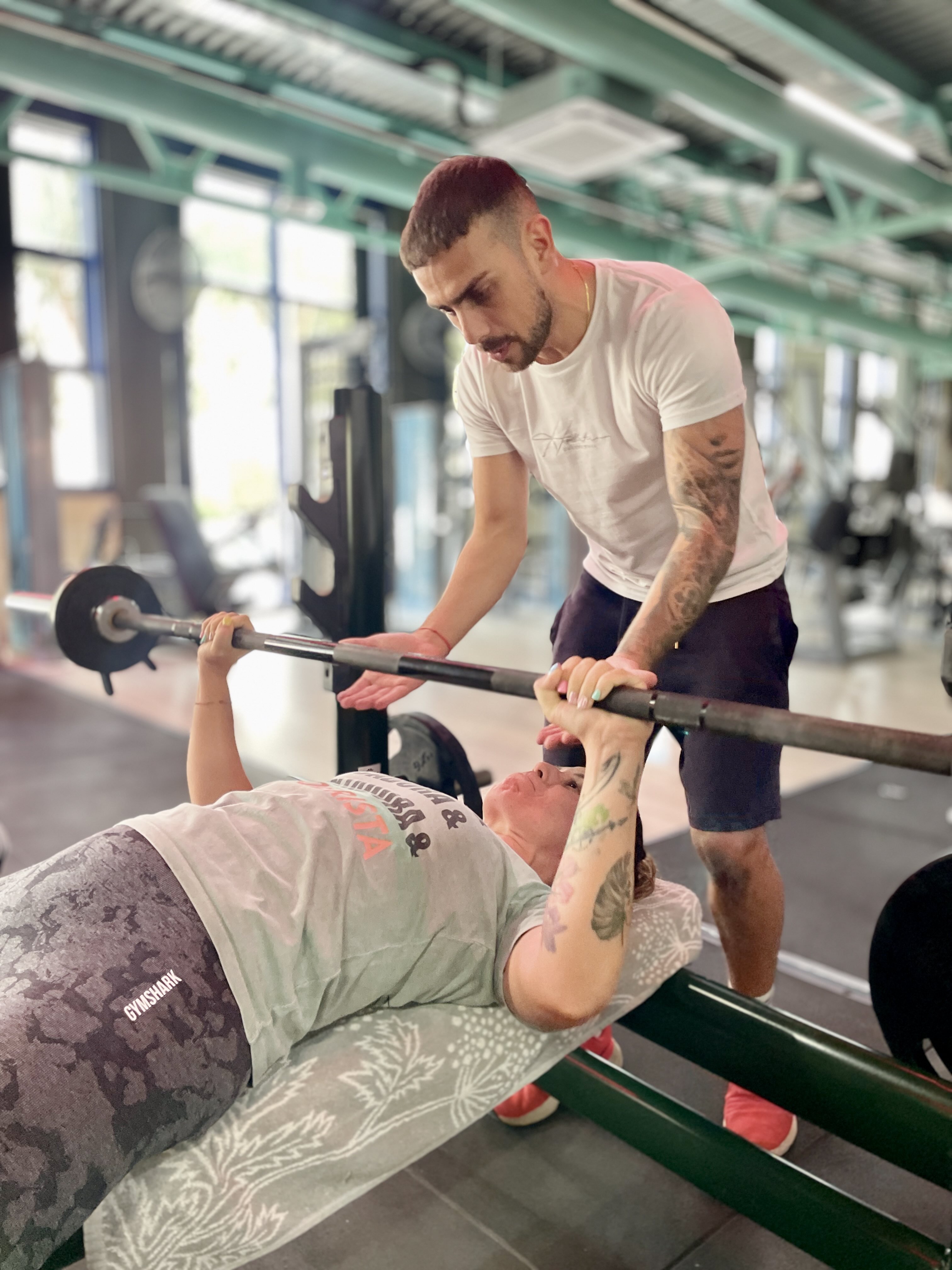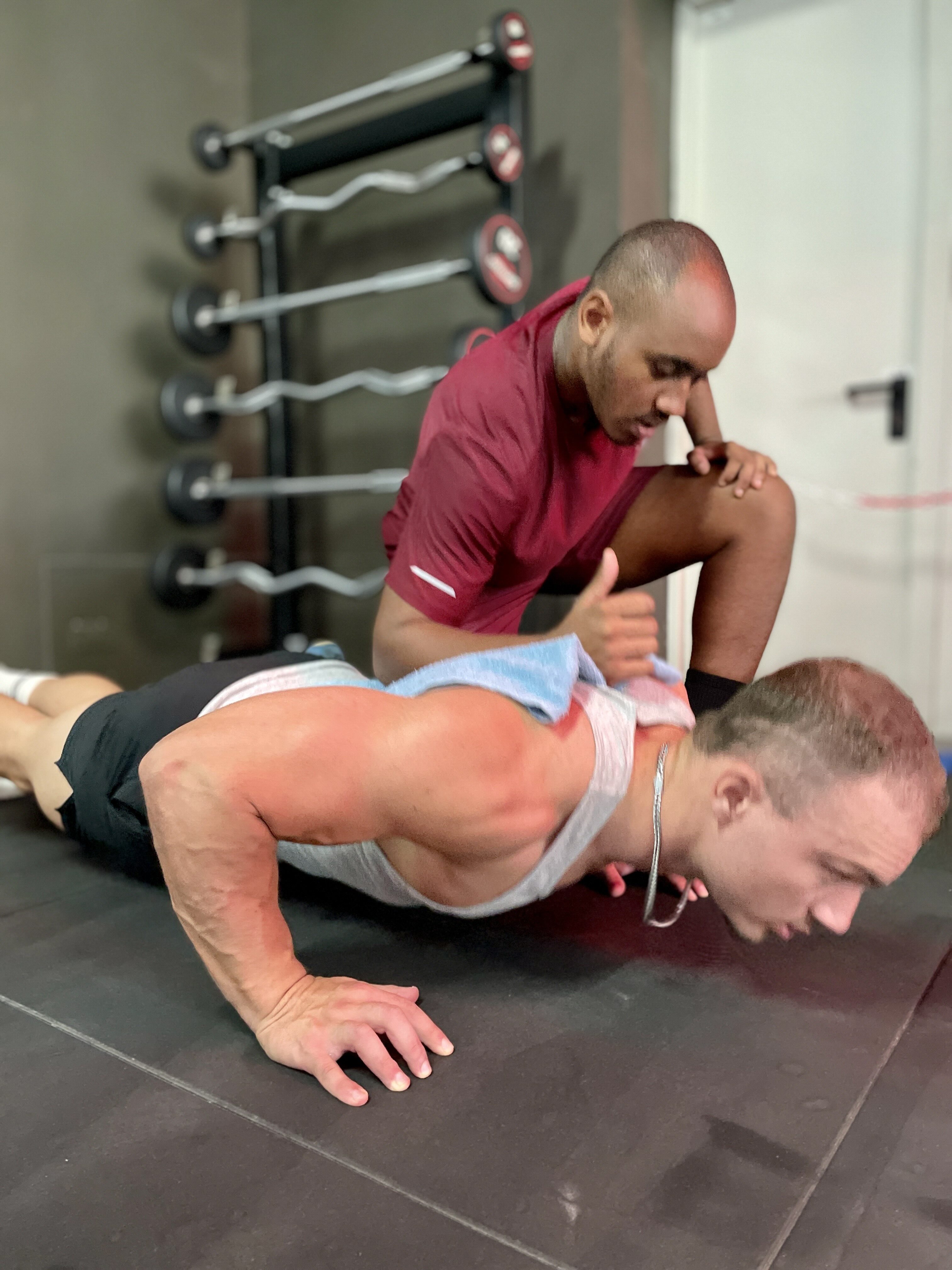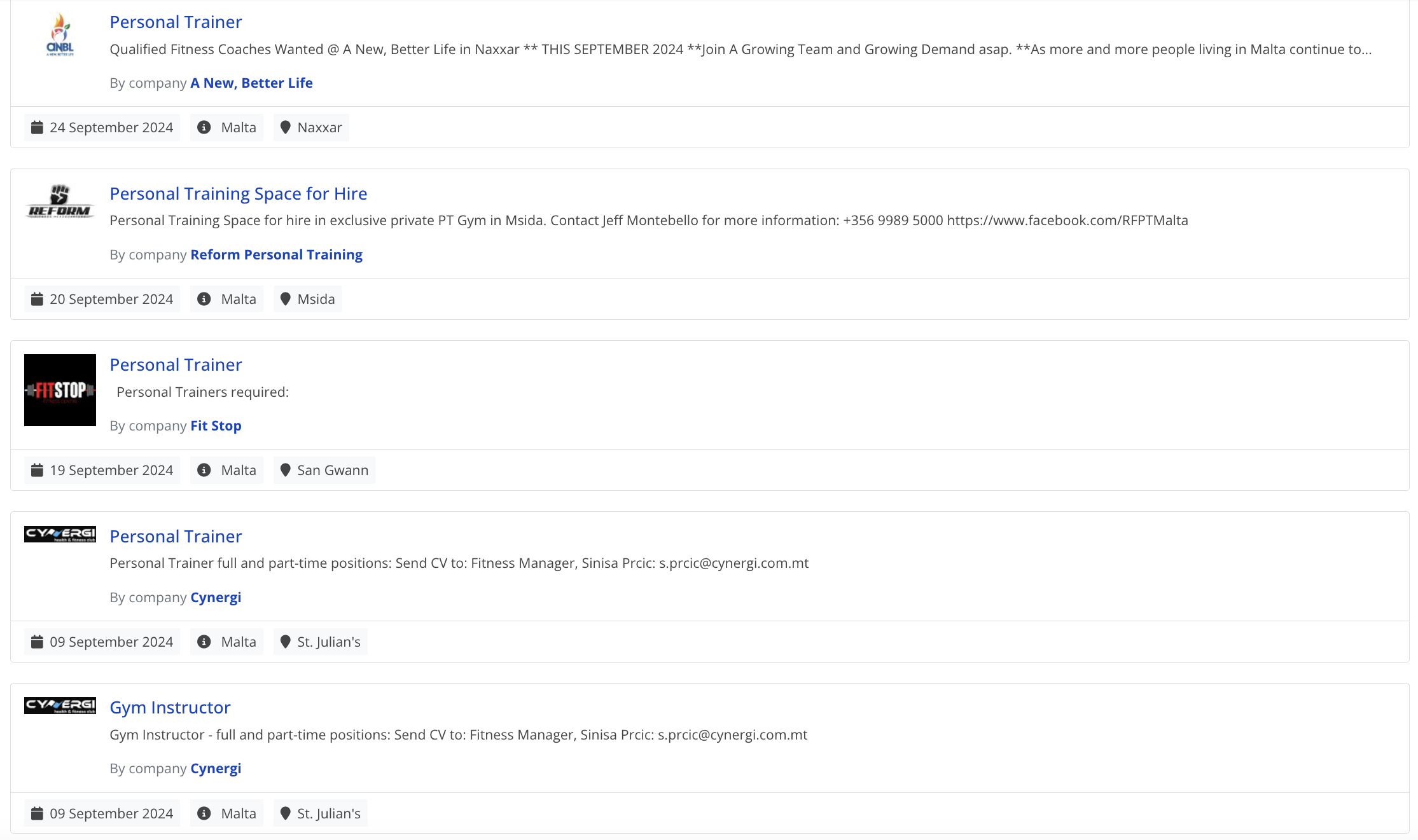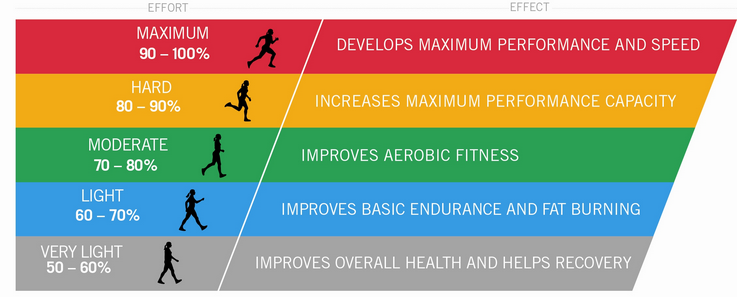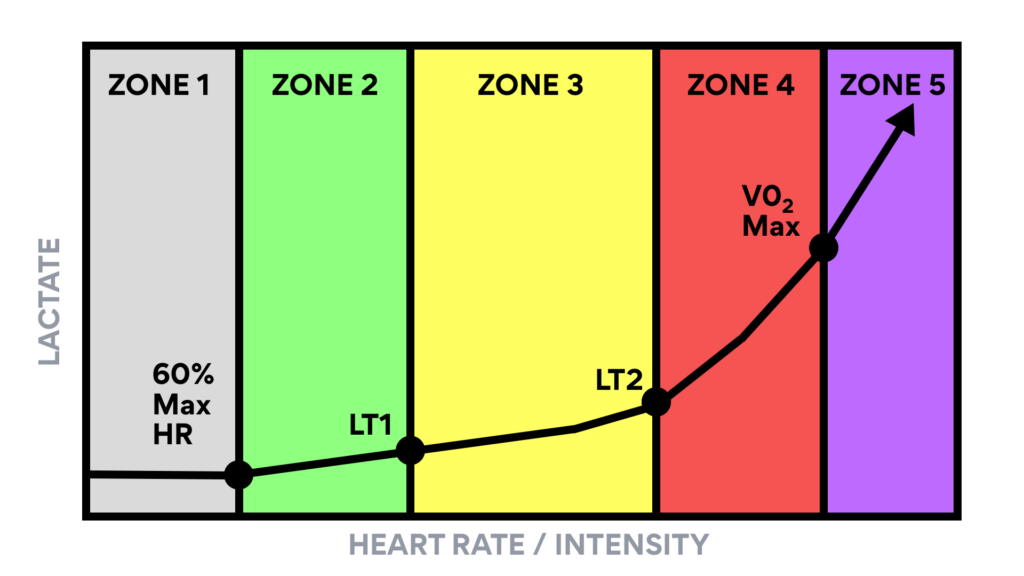
In the pursuit of enhancing endurance performance, athletes and coaches are continually exploring effective training methods. One such method that has gained prominence is polarised training. This approach, characterised by a distinctive training intensity distribution, has been extensively studied and validated through scientific research.
This blog will explore the principles of polarised training, its scientific underpinnings, and practical applications for athletes seeking to optimise their endurance performance.
What is Polarised Training?
Polarised training is a methodology that divides training into two distinct intensity zones, with the majority of training done at low intensity and a smaller portion dedicated to high intensity. This approach is based on the premise that training at both ends of the intensity spectrum yields the most effective results for endurance athletes.
Intensity Distribution:
Low Intensity: Typically, 80-90% of the total training volume is performed at a low intensity. This zone is characterised by a heart rate that is 60-75% of maximum heart rate (MHR), where the focus is on building aerobic capacity and promoting recovery.
High Intensity: The remaining 10-20% of training is conducted at high intensity, usually at 90-100% of MHR. This intensity is used to improve anaerobic capacity and performance.
Scientific Basis for Polarised Training
Polarised training has been supported by extensive scientific research, particularly through the work of Dr. Stephen Seiler, a leading researcher in the field of exercise physiology.
Key Findings from Research:
Training Distribution and Performance: Seiler’s research has demonstrated that endurance athletes who adopt a polarised training approach tend to experience greater improvements in performance compared to those who follow a more balanced or threshold-based training model (Seiler, 2010). The polarised model emphasises a significant volume of low-intensity training, which enhances aerobic endurance, while strategically incorporating high-intensity intervals to boost performance.
Physiological Adaptations: The low-intensity training phase promotes adaptations that improve cardiovascular efficiency and fat metabolism. In contrast, high-intensity intervals enhance VO2 max, lactate threshold, and overall speed (Seiler, 2013). This combination of adaptations supports a well-rounded endurance profile.
Reduced Risk of Overtraining: By limiting high-intensity training to a small portion of the overall volume, polarised training helps minimise the risk of overtraining and injury. This approach allows athletes to recover effectively while still benefiting from the performance-enhancing effects of high-intensity efforts (Seiler, 2017).
Lactate Thresholds in Training
Understanding Lactate Threshold 1 (LT1) and Lactate Threshold 2 (LT2) is crucial for optimising endurance training, particularly within the polarised training framework.
Lactate Threshold 1 (LT1):
Definition: LT1, also known as the first lactate threshold or the aerobic threshold, is marked as the first rise in lactate concentration compared to resting lactate concentrations. This occurs during moderate-intensity exercise.
Physiological Significance: At LT1, the primary energy source shifts from predominantly fat oxidation to a combination of fat and carbohydrate. This threshold represents the highest intensity at which exercise can be sustained for prolonged periods without significant fatigue.
Training Implications: Training just below LT1 helps improve the body’s ability to metabolise fats and increases the efficiency of aerobic metabolism. It allows athletes to train at a sustainable intensity, enhancing endurance (Coyle et al., 1997).
Lactate Threshold 2 (LT2):
Definition: LT2, or the second lactate threshold or anaerobic threshold, is the point where lactate accumulation in the blood increases rapidly, leading to a significant rise in blood lactate levels. This threshold is typically reached during high-intensity exercise.
Physiological Significance: At LT2, the body’s ability to buffer and clear lactate is overwhelmed, leading to increased muscle acidity and rapid onset of fatigue. Training at or just below LT2 improves the body’s ability to perform at high intensities for longer periods before fatigue sets in.
Training Implications: Training around LT2 enhances the ability to sustain high-intensity efforts and delays the onset of fatigue. It improves the efficiency of lactate clearance and buffering systems, contributing to better performance in high-intensity events (Gibala et al., 2006).
Implementing Polarised Training
To effectively implement polarised training, athletes should focus on the following strategies:
Determine Training Zones: Establishing accurate training zones is crucial. Low-intensity training should be performed at 60-75% of MHR, while high-intensity sessions should target 90-100% of MHR. Accurate measurement of MHR is essential for tailoring the training to individual needs (Wilmore & Costill, 2004).
Structured Training Plan: Design a training plan that incorporates approximately 80-90% of training volume at low intensity and 10-20% at high intensity. For example, in a 10-hour training week, 8-9 hours should be spent at low intensity, and 1-2 hours at high intensity.
Sample Workouts:
Low-Intensity Sessions: Long, steady-state runs or rides at 60-75% MHR. Focus on maintaining a conversational pace.
High-Intensity Sessions: Short, interval-based workouts such as 4-6 x 4 minutes at 90-100% MHR with equal recovery periods.
Monitor Progress and Adjust: Regularly monitor training responses and performance improvements. Adjust the training intensity and volume as needed to ensure continued progress and prevent plateaus.
Scientific Evidence Supporting Polarised Training
1. Seiler, S. (2010). "What is Best Practice for Training Intensity and Duration Distribution in Endurance Sports?" International Journal of Sports Physiology and Performance, 5(3), 276–292. This review discusses the effectiveness of polarised training compared to other intensity distribution models.
2. Seiler, S. (2013). "High-Intensity Training: How To Implement It?" Scandinavian Journal of Medicine & Science in Sports, 23(s2), 306–312. This article provides insights into how high-intensity training within a polarised framework can enhance endurance performance.
3. Seiler, S. (2017). "The Role of Training Intensity in Endurance Performance: A Review of Current Knowledge." Sports Medicine, 47(12), 2283–2296. This paper summarises research on the impact of training intensity distribution on endurance outcomes.
Conclusion
Polarised training offers a scientifically validated approach to optimising endurance performance by balancing low-intensity and high-intensity training. With its focus on extensive low-intensity training and strategic high-intensity intervals, this method not only enhances aerobic capacity but also improves performance metrics. By accurately determining your MHR and adhering to a structured polarised training plan, athletes can achieve significant improvements in endurance while minimising the risk of overtraining and injury.
References
Seiler, S. (2010). What is Best Practice for Training Intensity and Duration Distribution in Endurance Sports? International Journal of Sports Physiology and Performance, 5(3), 276–292.
Seiler, S. (2013). High-Intensity Training: How To Implement It? Scandinavian Journal of Medicine & Science in Sports, 23(s2), 306–312.
Seiler, S. (2017). The Role of Training Intensity in Endurance Performance: A Review of Current Knowledge. Sports Medicine, 47(12), 2283–2296.
Wilmore, J. H., & Costill, D. L. (2004). Physiology of Sport and Exercise. Human Kinetics.



